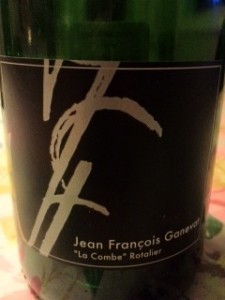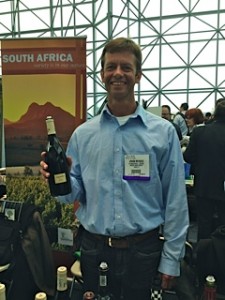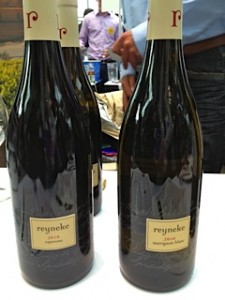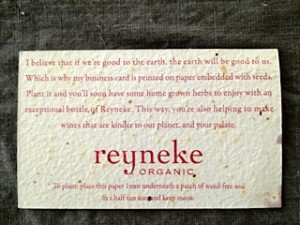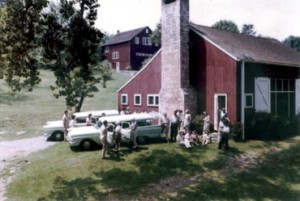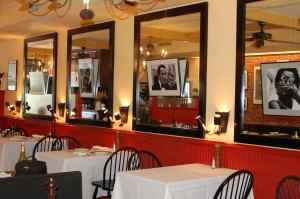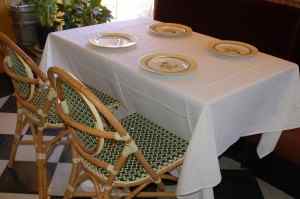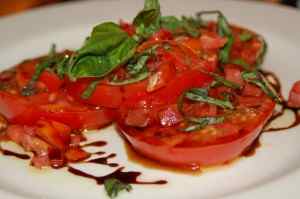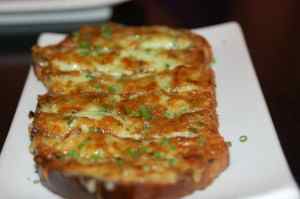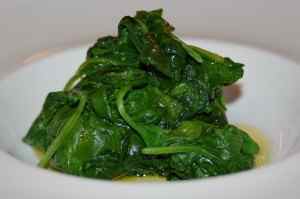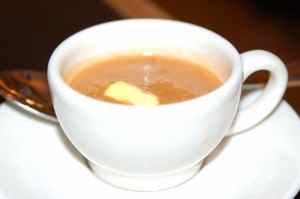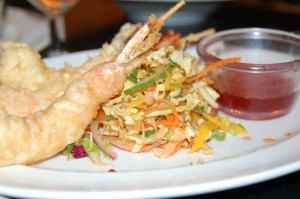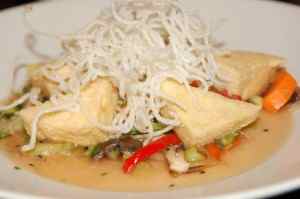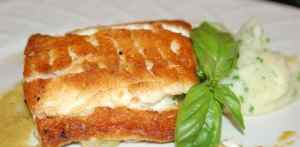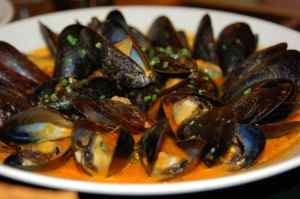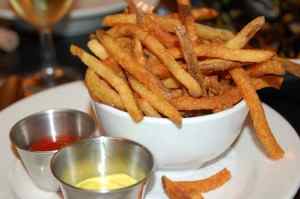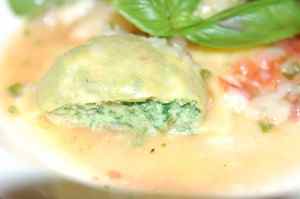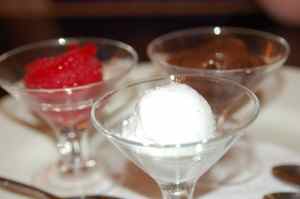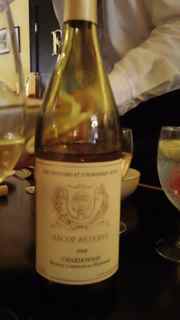 Nightcap #11: Bodegas Carrau Tannat de Reserva 2011, Montevideo, Uruguay $15
Nightcap #11: Bodegas Carrau Tannat de Reserva 2011, Montevideo, Uruguay $15
Tannat, indigenous to Southwest France and one of the oldest varieties in all of France, is one of the four most tannic grapes in the world. This grape is so high in tannins that the procedure of micro-oxygenation was actually invented specifically to tame it. This grape is often blended with varieties such as cabernet sauvignon, cabernet franc and merlot to soften its tannins. Tannat was taken to Uruguay in the nineteenth century where it is now flourishing. The difference in climate and terroir produce a grape that, while still high in tannins, creates wines of superb quality when produced in low yields.
Tannat from Bodegas Carrau is one of my favorite expressions of this grape. With roots in Catalonia, Spain dating back to 1752, the Carrau’s moved to Uruguay where they have been at the forefront of innovative winemaking since 1930. Bodegas Carrau was the first to export wines from Uruguay. They introduced the idea of using tannat for top reds in 1973 and, in 1997, they built a beautiful and innovative winery into the side of a hill to capitalize on low-input winemaking. Bodegas Carrau employs organic and sustainable methods, uses indigenous yeasts, and makes some of their wine without the addition of sulfur. Tannat is a heavyweight in the world of wine and shines brightest when paired with a worthy partner. Lamb provides the perfect soulmate. Feeling adventurous? Try wild boar.


